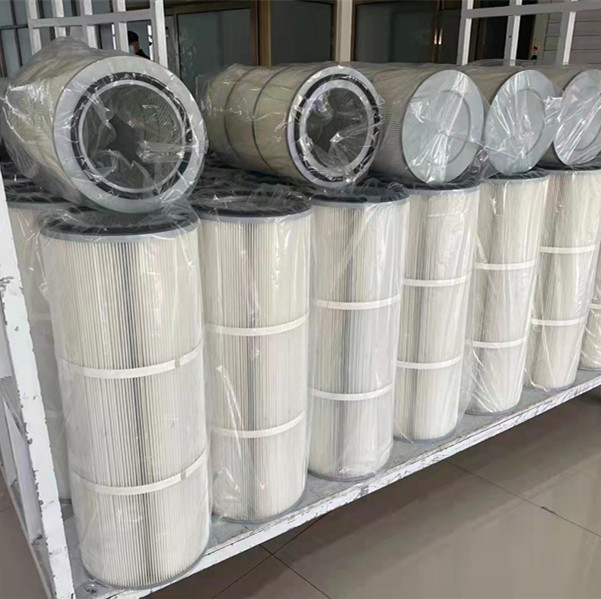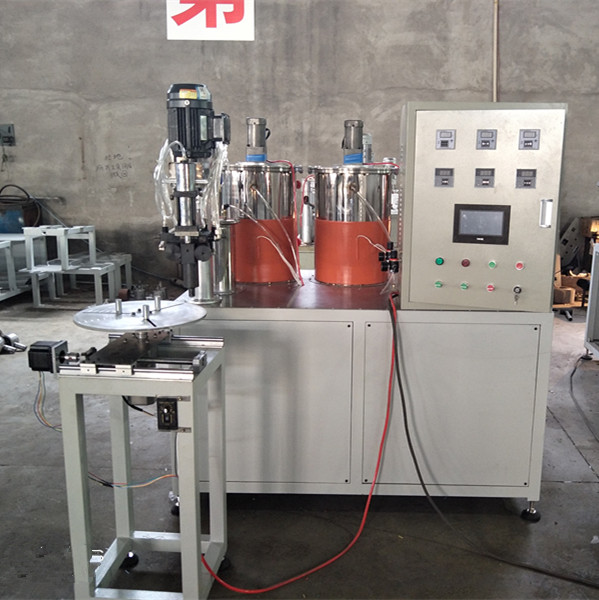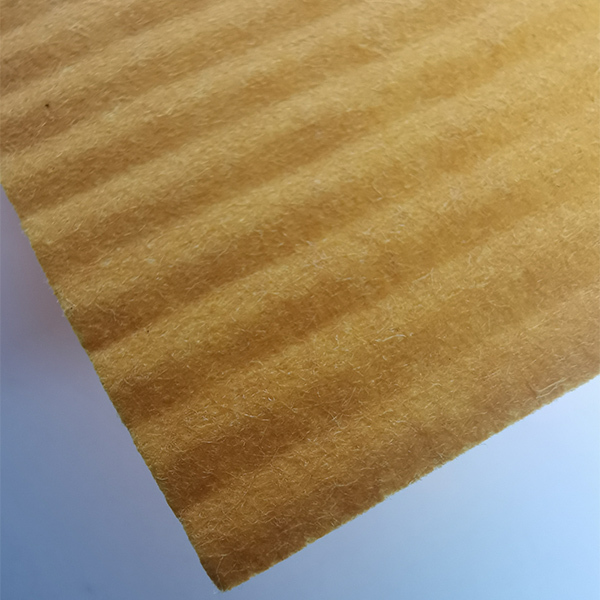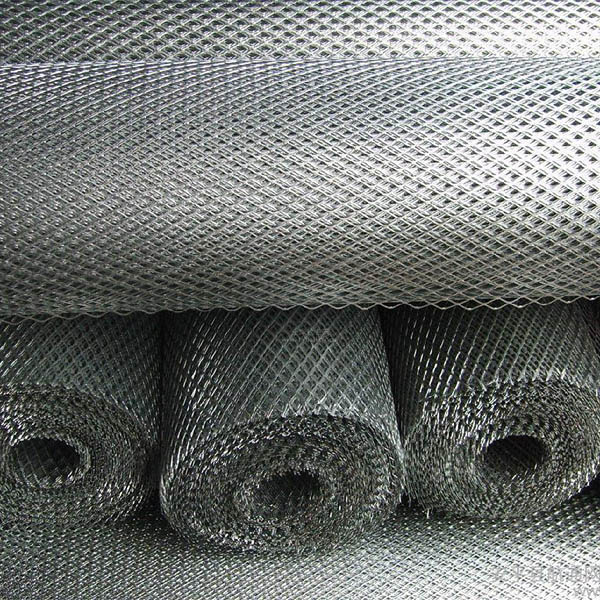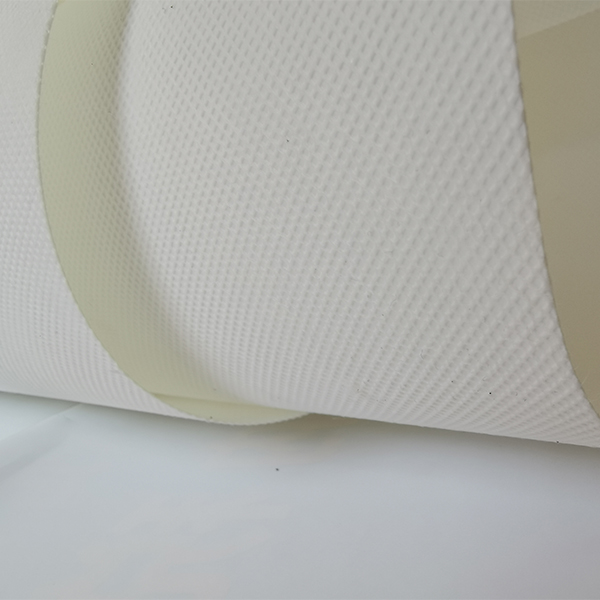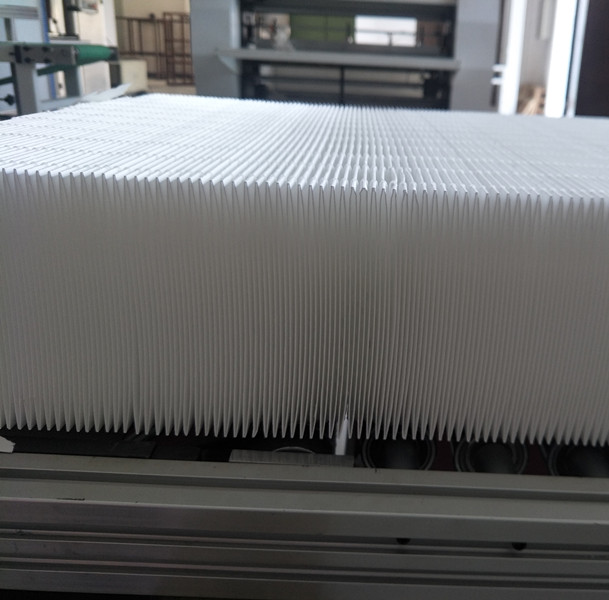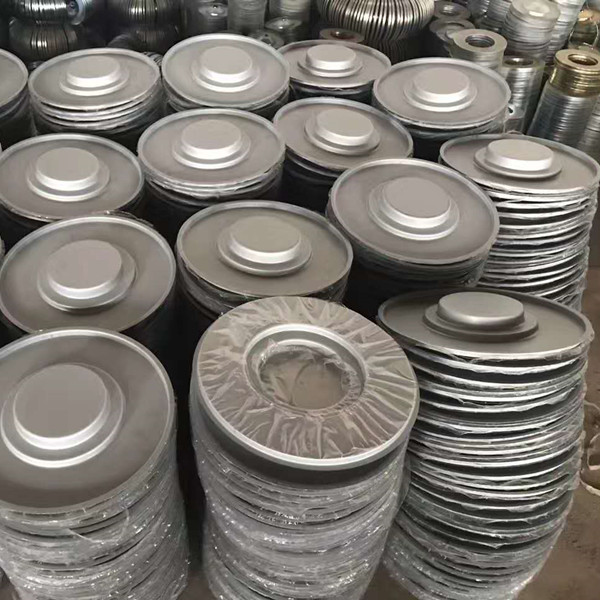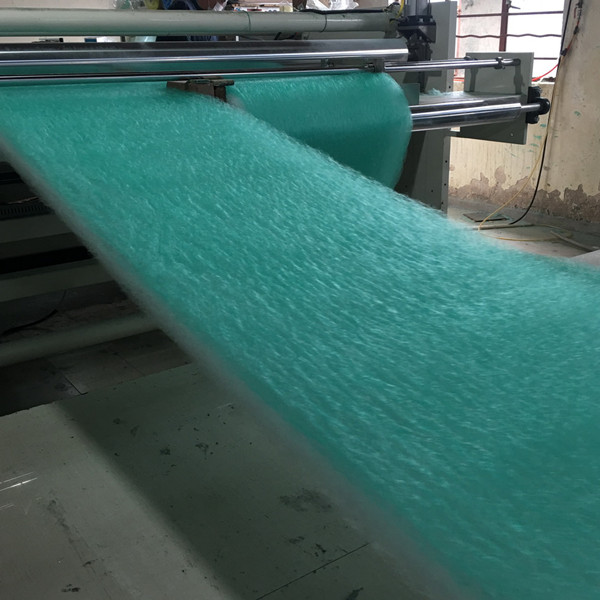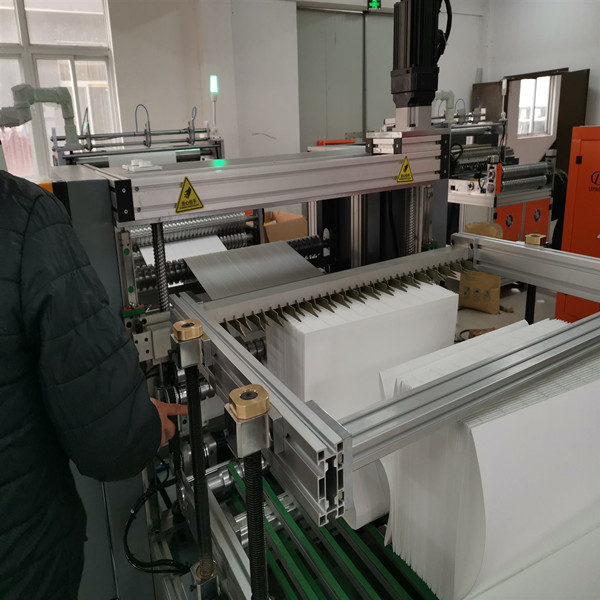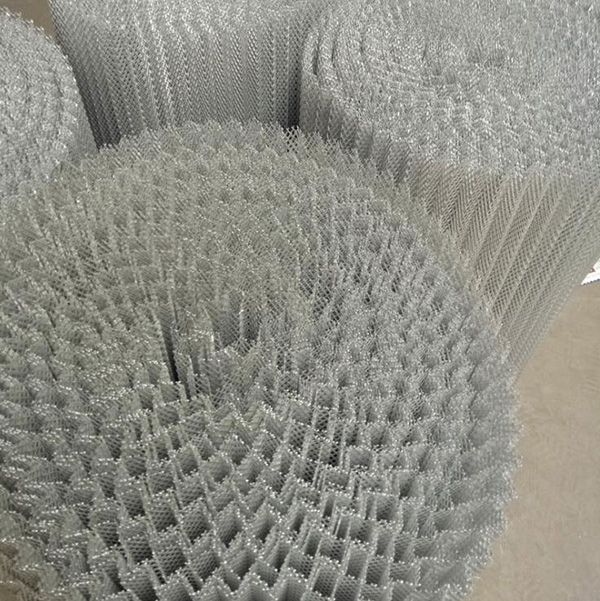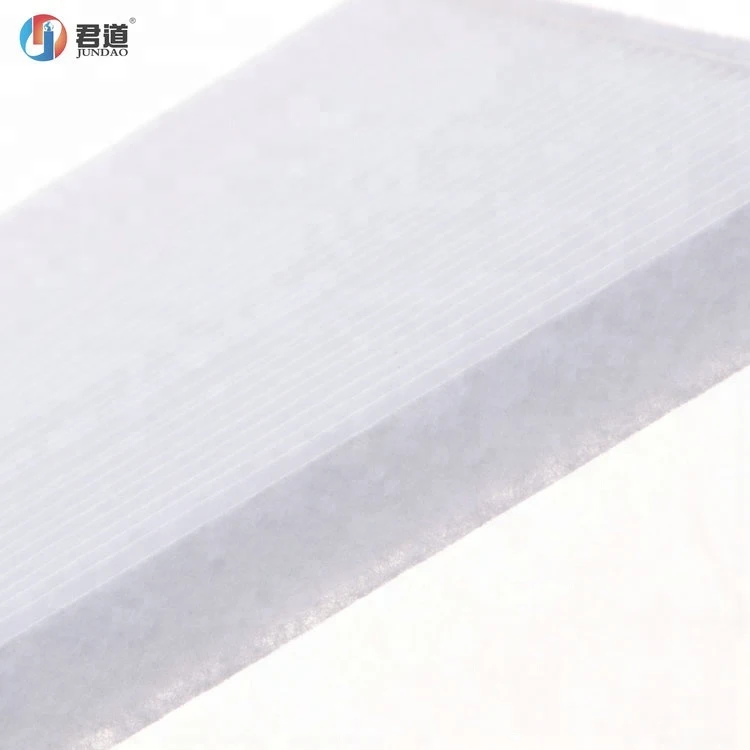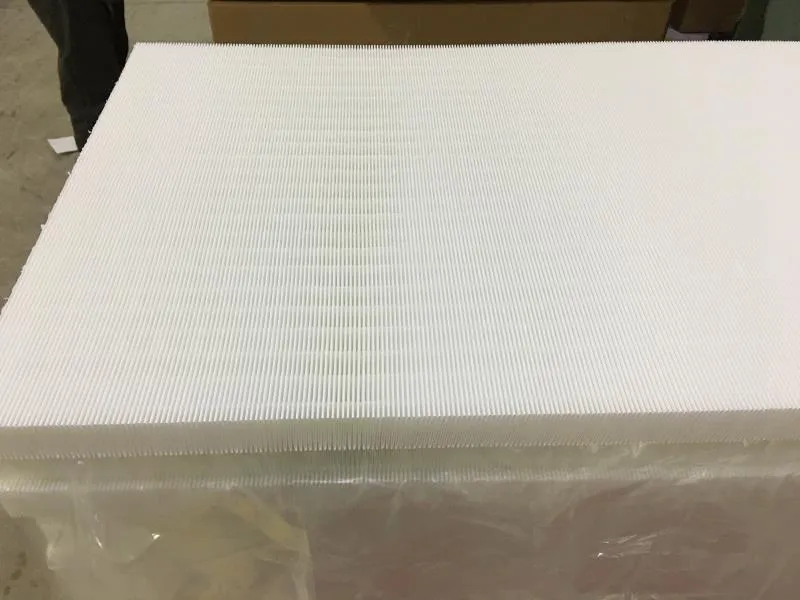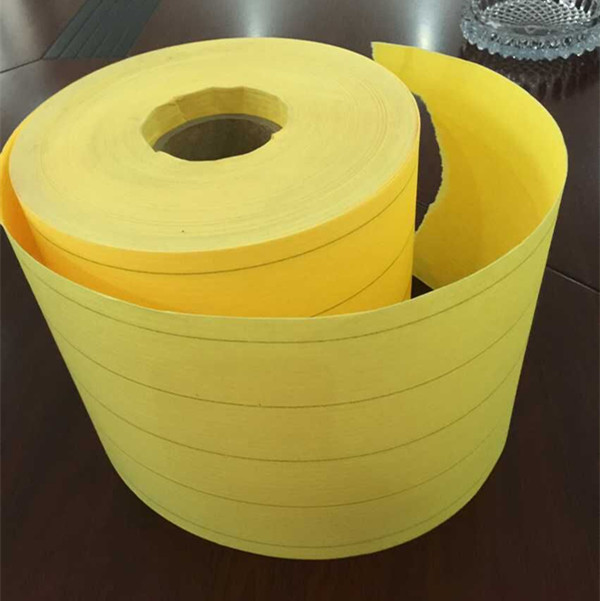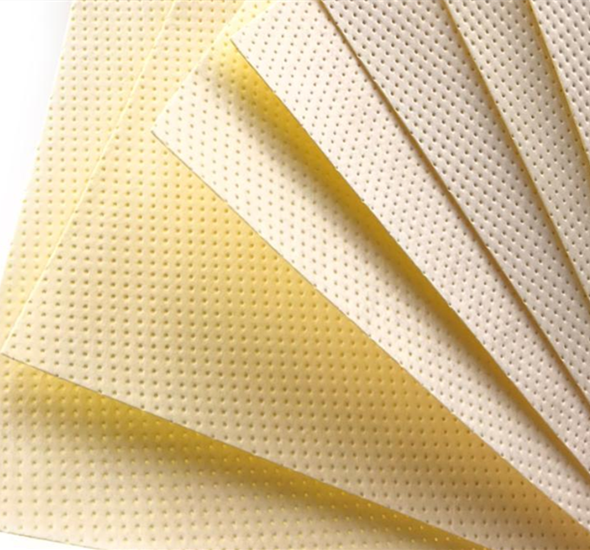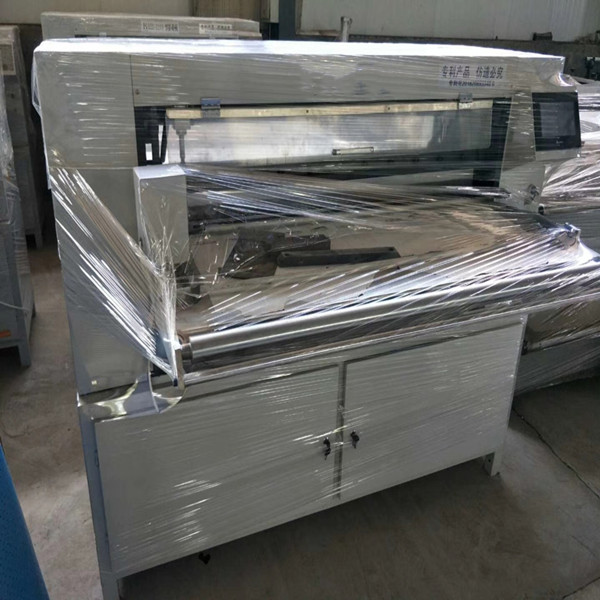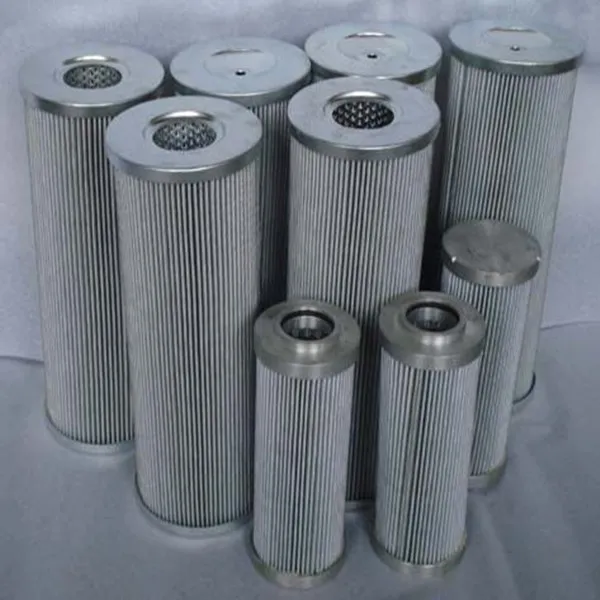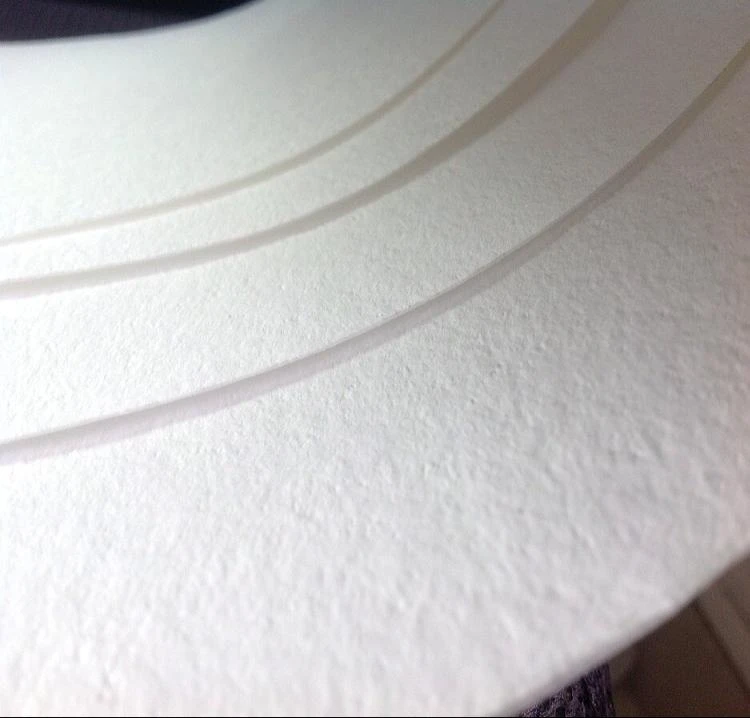Հասարակական տրանսպորտը դարձել է նոր թաքնված վտանգի վայր նոր թոքաբորբի վարակի համար, և փոխանցման ռիսկը մեծ է: Բազմաթիվ դեպքեր են գրանցվել ավտոբուսով, տաքսիով և մետրոյով փոխադրումների հետևանքով առաջացած վարակման և հիվանդության պատճառով: Համաճարակի կանխարգելման և վերահսկման ժամանակահատվածում, ի լրումն տրանսպորտային ոլորտում համաճարակի կանխարգելման և վերահսկման կառավարման ուժեղացման (օրինակ՝ նստատեղերի տարածության, տոմսերի վաճառքի կրճատման և այլն) և հասարակական տրանսպորտում վիրուսի փոխանցման ռիսկի նվազեցման, մեքենա վարելը դարձել է ճանապարհորդության ամենաանվտանգ միջոցը:
Բայց արդյո՞ք իսկապես անխոհեմ է մեքենայով ճանապարհորդելը:
Իրականում, թեև անձնական մեքենա վարելը կարող է արդյունավետորեն նվազեցնել նոր կորոնար թոքաբորբով հիվանդների հետ շփման հավանականությունը՝ համեմատած մետրոյի և ավտոբուսների հետ, բայց քանի որ մեքենան ինքնին փակ միջավայր է, երբ ուղևորը վարակված մարդ ունենա, դուք կարող եք վարակվել: Սեռը նույնպես մեծապես ավելացել է։ Ուստի, թեև մեքենա վարելը որոշ չափով ամենաանվտանգ փոխադրամիջոցն է, մենք չպետք է անտեսենք անհրաժեշտ պաշտպանիչ միջոցները տրանսպորտային միջոց վարելիս: Բացի այստեղ նշված անվտանգության միջոցներից, մենք դեռ պետք է կրճատենք սերտ շփումը և շարունակենք կրել դիմակներ։ Ինչպես լուծել աղբյուրից փակ մեքենայի միջավայրում վիրուսի օդային փոխանցման հավանականությունը մեծացնելու խնդիրը, ավելի արժե ուսումնասիրել, քանի որ դա միայն համաճարակի ժամանակ չէ: Մենք պետք է հաշվի առնենք անվտանգության միջոցները. Համաճարակից դուրս՝ ավտոմեքենաների ներսի օդի որակը նույնպես սերտորեն կապված է մեր առողջության և հարմարավետության հետ։
How to improve the air quality in the car? In-car air quality has always been the focus of consumers’ attention. The new car quality research (IQS) report of the world’s authoritative research organization J.D. Power shows that car interior odor has become the first dissatisfaction in the Chinese market for many years. The main factors affecting air safety in the car are: 1. Air pollution outside the car. Car exhaust, PM2.5, pollen and other harmful suspended particles sneak into the car through the car window or air conditioning system. 2. Interior materials. There are a large number of non-metallic parts that are easy to volatilize in the car, such as plastic door panels, leather seats, and damping panels. There are 8 common volatile organic compounds in vehicles, and clear limits are given for these 8 substances in the national standard GB/T 27630-2011 “Guidelines for Air Quality Evaluation of Passenger Cars”. Serial number project Restriction requirements (mg/m³)
1 benzene ≤0.11
2 Toluene ≤1.10
3 Xylene ≤1.50
4 Ethylbenzene ≤1.50
5 Styrene ≤0.26
6 formaldehyde ≤0.10
7 Acetaldehyde ≤0.05
8 Acrolein ≤0.05
In order to solve the peculiar smell in the car and improve the air safety in the car, it is necessary to increase the cycle purification link in the closed car environment, and there is no doubt that the car air conditioning filter has become an important responsibility. The car air conditioner provides the original power for the exchange of indoor and outdoor air, but in order to satisfy the purification of the indoor circulating air, the outdoor air enters the car after being filtered. The filter becomes an essential artifact for the car owner! The small body shows great power, creating a safe and reliable space in the car, allowing car owners to enjoy healthy breathing at all times. Editor’s reminder: In order to avoid secondary pollution of the car air conditioner filter, generally speaking, it should be replaced after two to three months of use (the specific replacement frequency can be considered according to the actual frequency of use)

